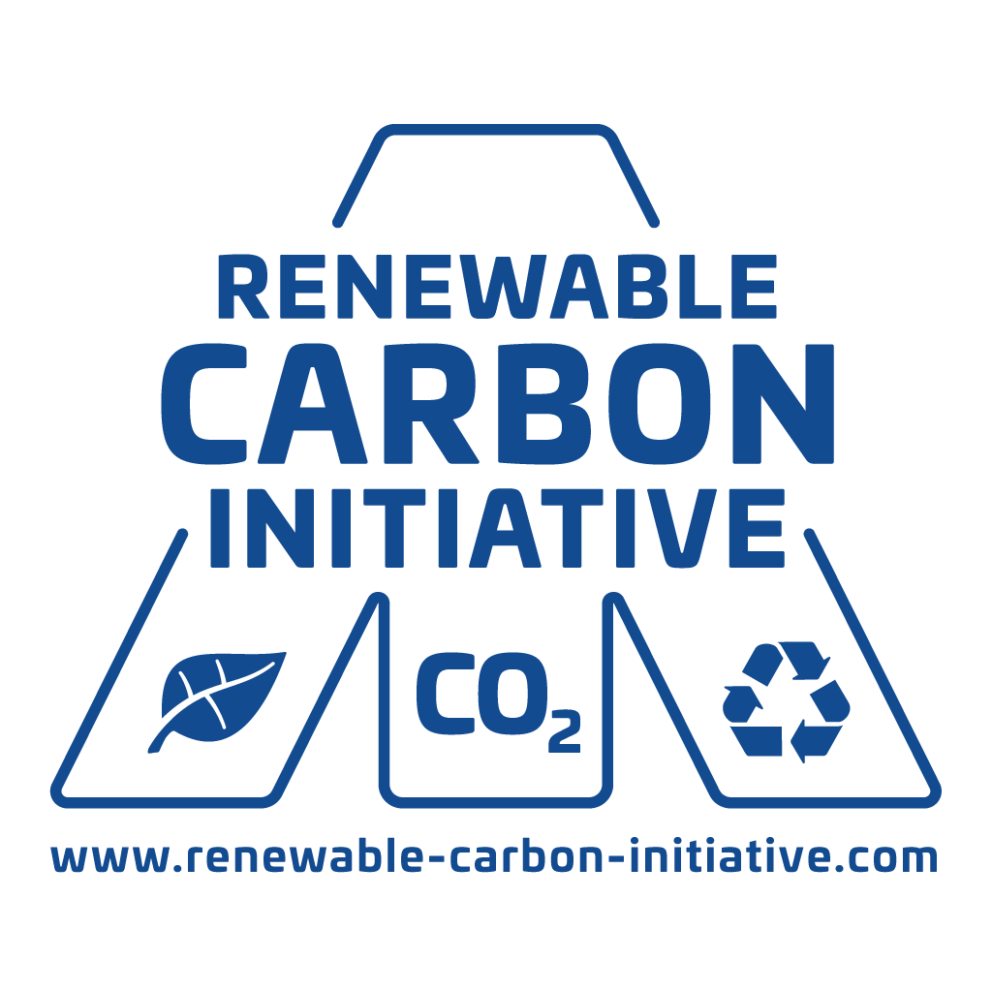RCI Carbon Flows Report: Compilation of supply and demand of fossil and renewable carbon on a global and European level

In the last five years, the mindset around carbon has changed fundamentally. Of course, there is no way around the fact that the rising concentration of carbon dioxide in the atmosphere pose an existential threat to life on Earth. But at the same time, carbon is the main component of our food, the basis of all organic chemicals and plastics, and the backbone of life on Earth. When it comes to carbon, the focus has long been on achieving a zero-carbon, decarbonised energy system wherever possible to avoid CO2 emissions. This is crucial and more urgent than ever to achieve net zero emissions by 2050. However, it is now becoming clear that other large volume sectors such as food and feed, but also all organic chemistry, plastics and significant parts of the materials sector are fundamentally and increasingly dependent on carbon. In the chemicals and plastics sectors in particular, almost 90 % of the carbon used as feedstock is fossil carbon. This fossil carbon must be replaced by renewable carbon from recycling, biomass and CO2 by 2050 to avoid a further influx of fossil carbon into our technosphere and atmosphere.
Policymakers today are talking about “sustainable carbon cycles”, “defossilisation” and above all “carbon management”: which sectors should be supplied by which carbon sources in the future? To answer such complex questions and develop realistic targets and strategies, a resilient and comprehensive data basis on the carbon flows of all sectors, both globally and in Europe, has been missing until now. The Renewable Carbon Initiative (RCI) has commissioned a study from the nova-Institute to fill this gap as best as possible. It builds on the nova-Institute’s long-standing work on biomass and carbon flows over the past 10 years and takes it to the next level. The result is a comprehensive, detailed and updated carbon flow data basis that significantly surpasses previous publications. All data have been corroborated as best as currently possible by scientific publications, feedback from experts and additional research. Remaining gaps and differences are transparently depicted and explained as well as possible.
The nova experts assessed data from a multitude of sources. A wide range of data on material flow are used to compile a comprehensive inventory of carbon stocks and flows. The sectors covered include all applications of organic carbon from fossil resources and biomass production, from raw materials through utilisation to final end-of-life. This includes use of carbon for feed and food, for materials, for energy and for fuels. A special focus is put on the carbon demand in the chemical and plastic industry today and tomorrow, with several figures specifically zooming into this sector and including scenarios for a full defossilisation by 2050.
If you have read previous reports on carbon flows and shares, you will find a number of data in this new report that differ from previous publications – ours or those of other authors. For example, the share of biomass in chemical feedstocks is lower than in previous publications. The figures have changed mainly because nova experts were able to gain particularly deep insights into the data and because we consulted many experts and associations for their input and feedback – thankfully possible due to the financial budget of the Renewable Carbon Initiative (RCI). One central aim was to generate a data basis as uniform and transparent as possible, so that it can then be used and shared by industry, associations and politicians alike.
The Carbon Flows report is designed to be a living document that we would like to update every one to two years if possible. This also means that we look forward to your feedback, additional input, new data and suggestions from any interested party. Please directly contact the main author of the study for this: ferdinand.kaehler@nova-institut.de
The report contains in total 80 pages with more than 35 graphics and tables plus corresponding descriptions of methodology, source material and data as well as five pages of literature sources. The format of the report allows to easily present the graphics to any audience.
You can download the full report free of charge including all visuals here.